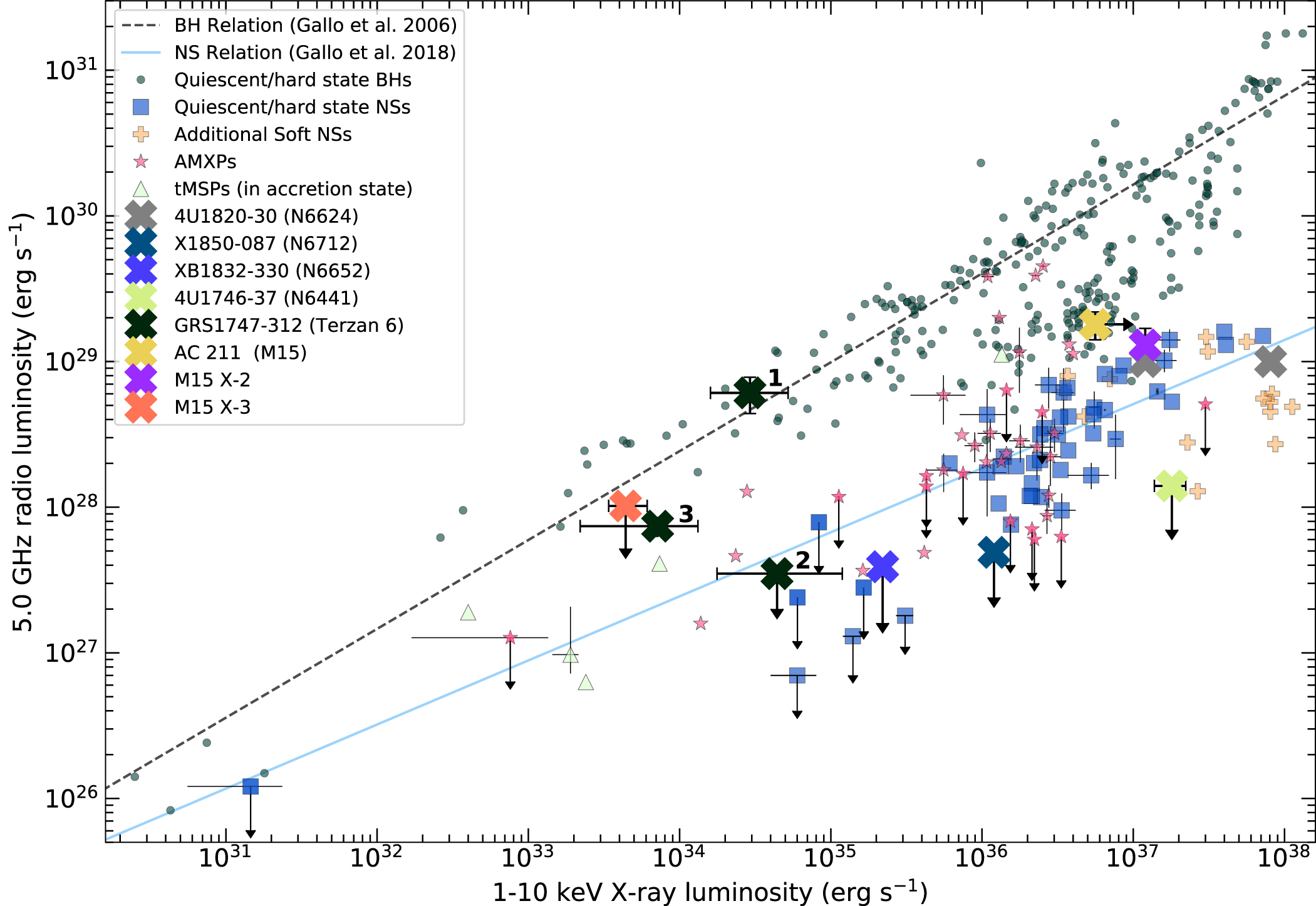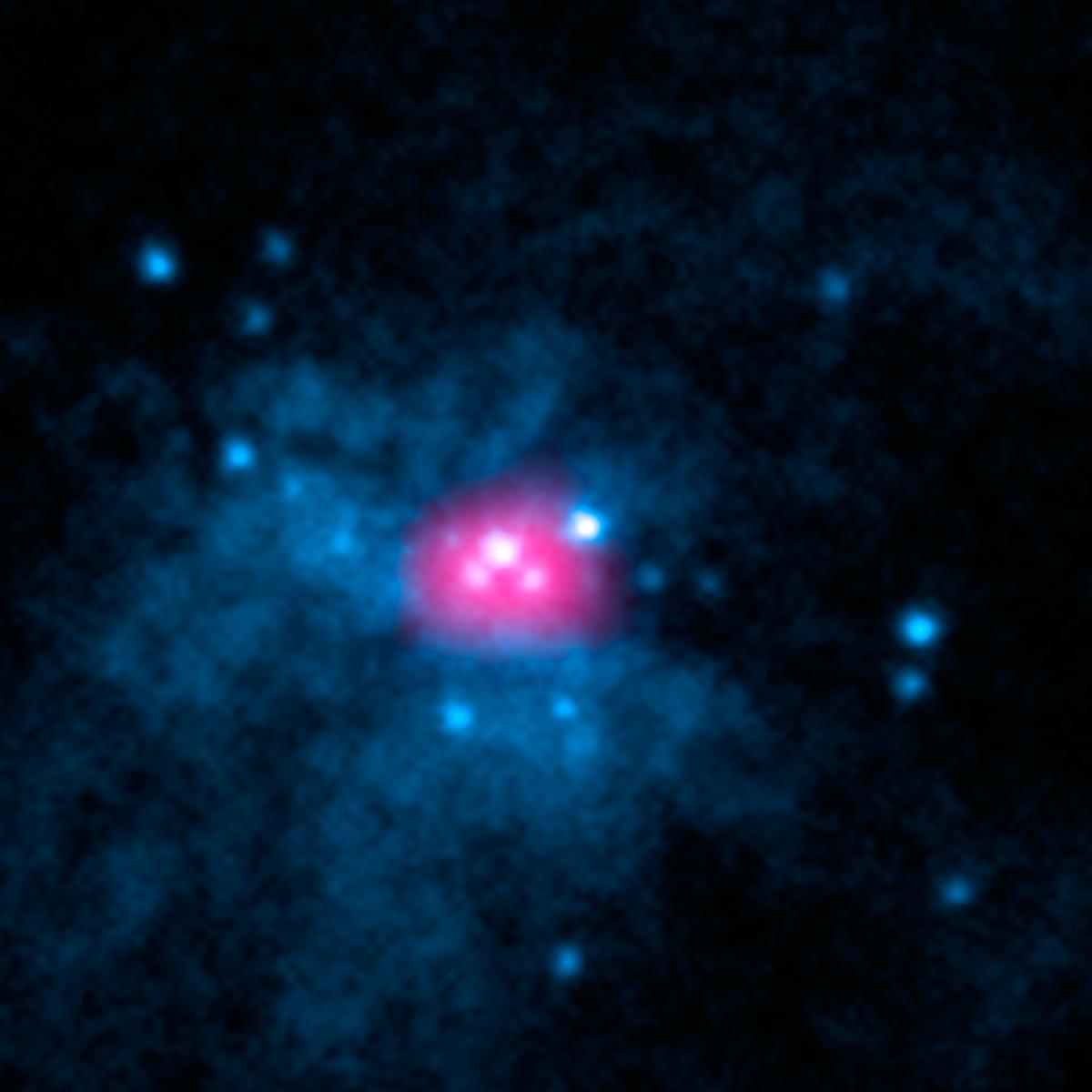About Me
I am currently the executive director of education of PEAQs (Partnership for Education and the Advancement of Quantum and nano-Sciences), a program dedicated to provide students from Norfolk State University with long-term research and professional mentorship.
My research focuses on analyzing the physical behaviors of accreting neutron stars using radio telescopes. I recieved my PhD in Astrophysics and Astronomy from Michigan State University in 2023 and my Bachelor of Arts in physics from the City University of New York at Hunter College in 2018.
If you would like me to give a talk or participate in a science outreach event, please contact me at: tpanurach at nsu dot edu
Research & Publications
Accretion and astrophysical jets are ubiquitous in compact objects (e.g. black holes, neutron stars and white dwarfs). However, our knowledge of how accretion gives rise to the launching of jets is severely limited. My main research goal is to better understand this coupling relationship and what environments are needed to launch and impact jet behaviors using multiwavelength space and ground based observatories. Here is the link to my publications!
Bright Accreting Neutron Stars
 Radio and X-ray correlation plane for accreting compact sources from Panurach et al. 2021. Adapted from Bahramian et al. 2018
Radio and X-ray correlation plane for accreting compact sources from Panurach et al. 2021. Adapted from Bahramian et al. 2018
We analyze quasi/strictly-simultaneous radio and X-ray observations of eight bright accreting neutron stars (six persistenly accreting and two transients) to get an insight on the relationship between accretion inflow and jet/outflow. We find that these sources do follow the standard behaviors of accreting neutron star low-mass X-ray binaries, but with greater extremes of luminous radio emission. This work is currently accepted and published (Panurach et al. 2021, ApJ, 923, 88 ). We also did a follow up study on X1850-087 after showing unusual radio varability published in Panurach et al. 2023, ApJ, 946, 88.
Radio Studies of Neutron Star Ultraluminious X-ray Sources
 A combination X-ray image of M82's core showing the ultraluminios X-ray sources from NuSTAR and Chandra X-ray Telescope.
A combination X-ray image of M82's core showing the ultraluminios X-ray sources from NuSTAR and Chandra X-ray Telescope.
We conducted the first radio comprehensive study of seven confirmed neutron star uUltraluminous X-ray sources using new and archival data from the VLA and ATCA to access if neutron stars could be misidentified to be radio/X-ray intermediate mass black holes canidates. We do not detect a significant radio counterpart to any extragalactic neutron star ultraluminious X-ray sources and urge extreme caution when using the radio/X-ray correlation plane to determine the nature of super-Eddington accretors (Panurach et al. 2024, ApJ, 977, 2 ).
CV & Highlights
View my full curriculum vitae (updated Sept 2025)!
Education
- Michigan State University, Ph.D. in Astrophysics and Astronomy (2023)
- Michigan State University, M.S. in Astrophysics and Astronomy (2021)
- City University of New York: Hunter College, B.A. in Physics (2018)
Awards, Grants, and Fellowships
- #iteachmsu Educator Award (2021)
- NSF Graduate Research Fellowship (2020 - 2023)
- AstroCom NYC Fellowship (2016 - 2018)
- American Astronomical Society FAMOUS Travel Grant (2018)
- AstroCom NYC Senior Scholarship (2017)


